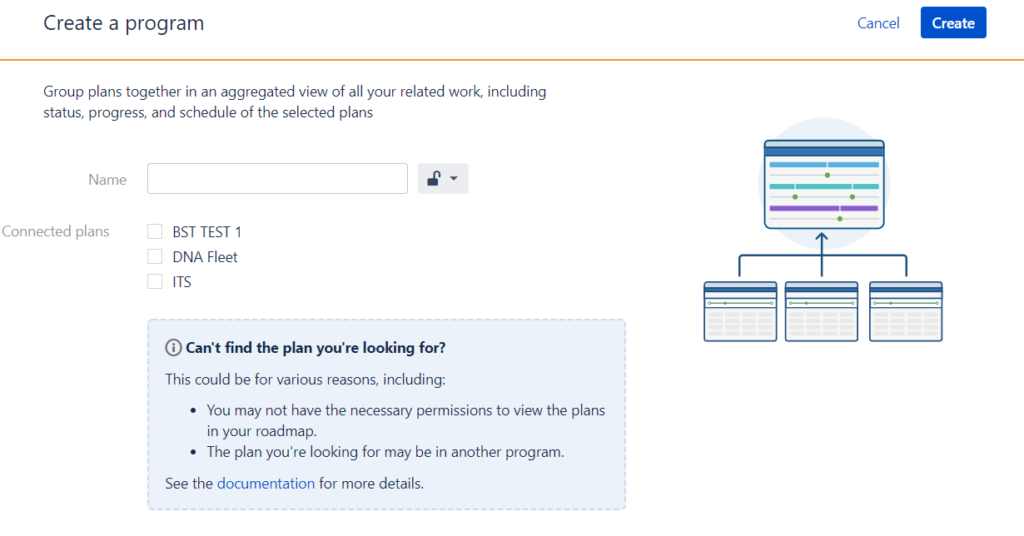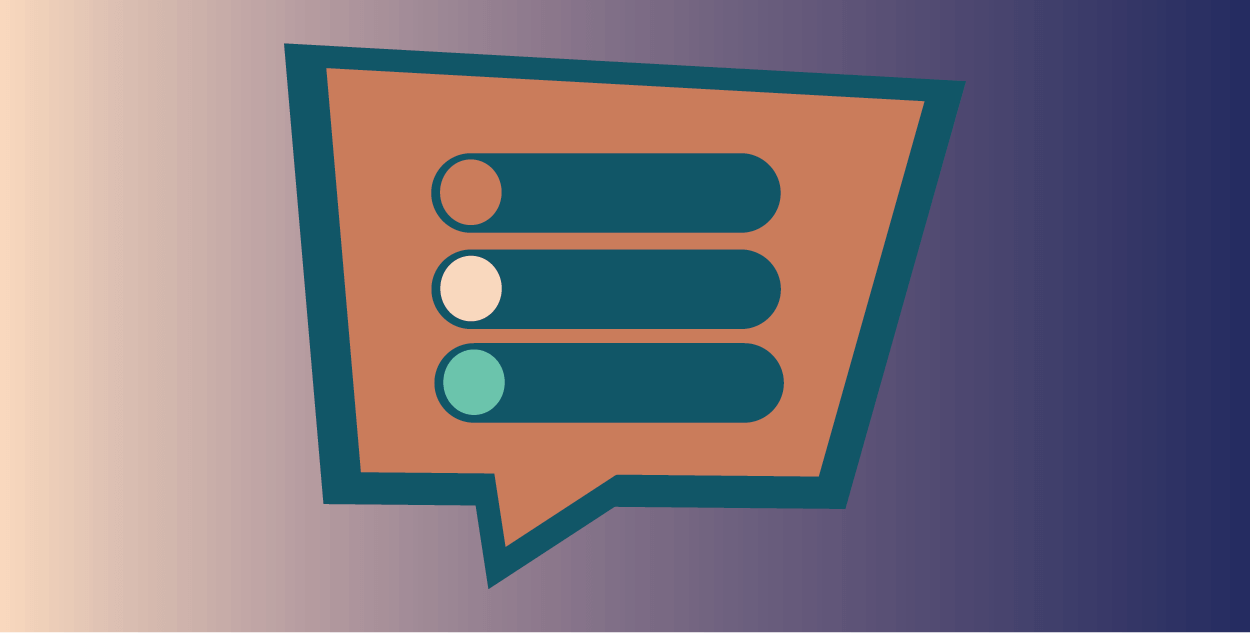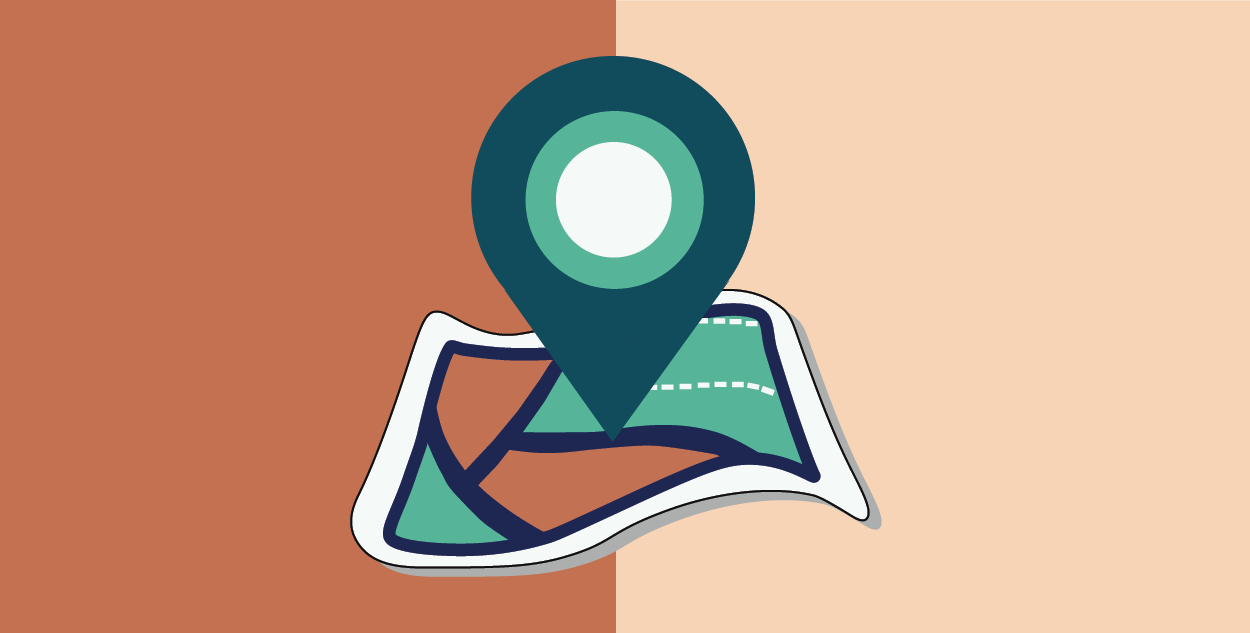Advanced Roadmaps accesses Jira boards, projects, and filters in JIRA Software in order to visualize data.
This guide will help you get started with using JIRA Advanced Roadmaps. When you’re looking to use Advanced Roadmaps, it’s extremely important to understand what the story you’re trying to tell is. Some questions to consider upfront:
- What is the primary purpose of your roadmap?
- Is this roadmap going to be used to track work for a specific project, product, program, portfolio or department? If this is for a specific project, is it cross-functional and spanning multiple JIRA project types?
- Will we create programs?
- Who is your audience?
- Are we using this to track our work internally? Is this a team-based roadmap?
- Is this roadmap going to be used for users who are not part of the project (e.g. leadership)?
Answering these questions will help you make decisions when setting up the Roadmap initially.
In order to get started, you need your JIRA Administrator to enable Advanced Roadmaps. Once enabled, you’ll be able to see it in the header, like below.

Note: You’ll need to have the correct permissions enabled in order for you to see “Plans” as an option. If you don’t see it, check with your Jira Administrator to see if it is enabled.
When you first click the “Plans” menu, you’ll see a button to create a Plan. Once clicked, a window will open that says “What would you like to create?” There are two options, to create a Plan or to create a Program. This article will talk about creating a plan.

Note: A plan can be used for specific projects, teams, or products. This will allow you to see individual schedules and create project plans.
Note: A program can be used for a group of projects, departments or products. This will allow you to see schedules and plans cross-functionally.
You’ll have to provide a name for the plan, and set the permissions to either public (anyone with JIRA access can see it) or private (only you and the JIRA Administrators can see it).
Note: permissions can be changed and updated later on

Next, you’ll want to import data from JIRA Software into this plan. Depending on what the plan is for, you’ll either want to import from a Kanban Board, Project or filter. Users can import data from multiple sources but this can clutter your plan.
Note: If you want to import data from multiple sources, think about whether or not a Program would work better.
Reasons why you would want to import data from a Kanban board
Reasons why you would want to import data from a Kanban board
Reasons why you would want to import data from a Project
You want to create a plan for a group of projects/initiatives. This could be for a team’s initiative, a product, or a department.
Reasons why you would want to import data from a Filter
Reasons why you would want to import data from a Kanban board
You want to create a plan for a group of cross-functional epics, stories, tasks, and/or sub-tasks between different projects. Once a data source is selected, a user is able to create a schedule/Gantt chart based on “Days”, “Hours” or “Story Points”.

Note: The way that resources are planned will determine the Estimation type that you use. For example, you might want to use story points for agile based project management vs. days for more waterfall based project management.
You’ll want to select the relevant releases for the Plan. Depending on what the Plan is for, you’ll likely want to only select releases in the future.

Afterwards, you will have to add the right team(s) to the Plan.
Note: Additional teams can be added once a Roadmap is created in the configuration settings.

Finally, you will confirm what’s in scope for the Plan, which gives you an opportunity to remove projects that don’t fit in with the objective of using this Plan.

Once this is all done, Advanced Roadmaps will populate a new Roadmap / Gantt Chart for you to use. Time to start managing!
Looking for expert advice? Contact us here.





